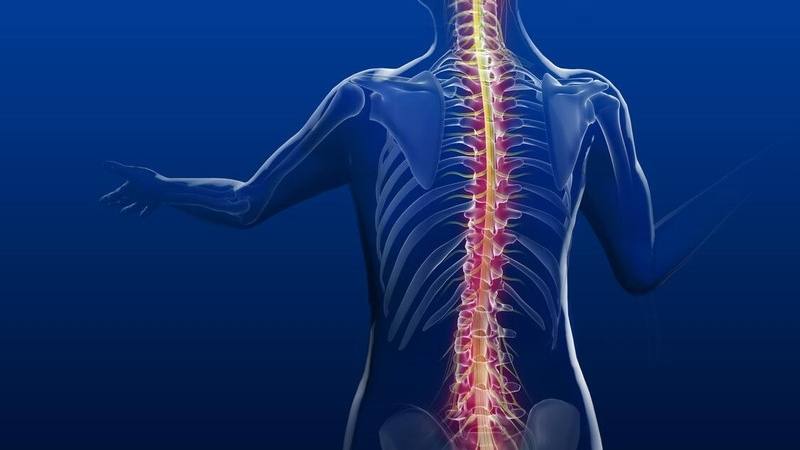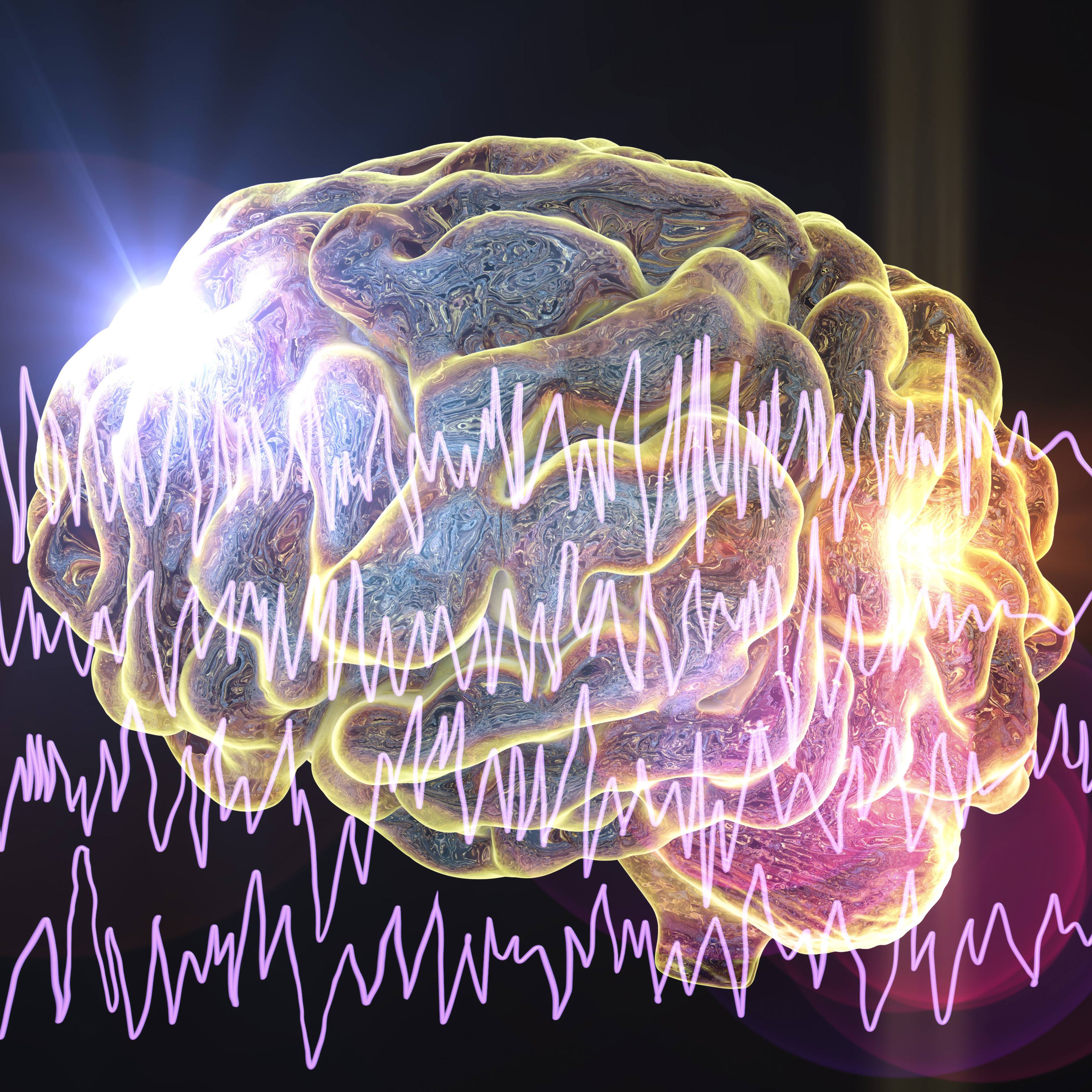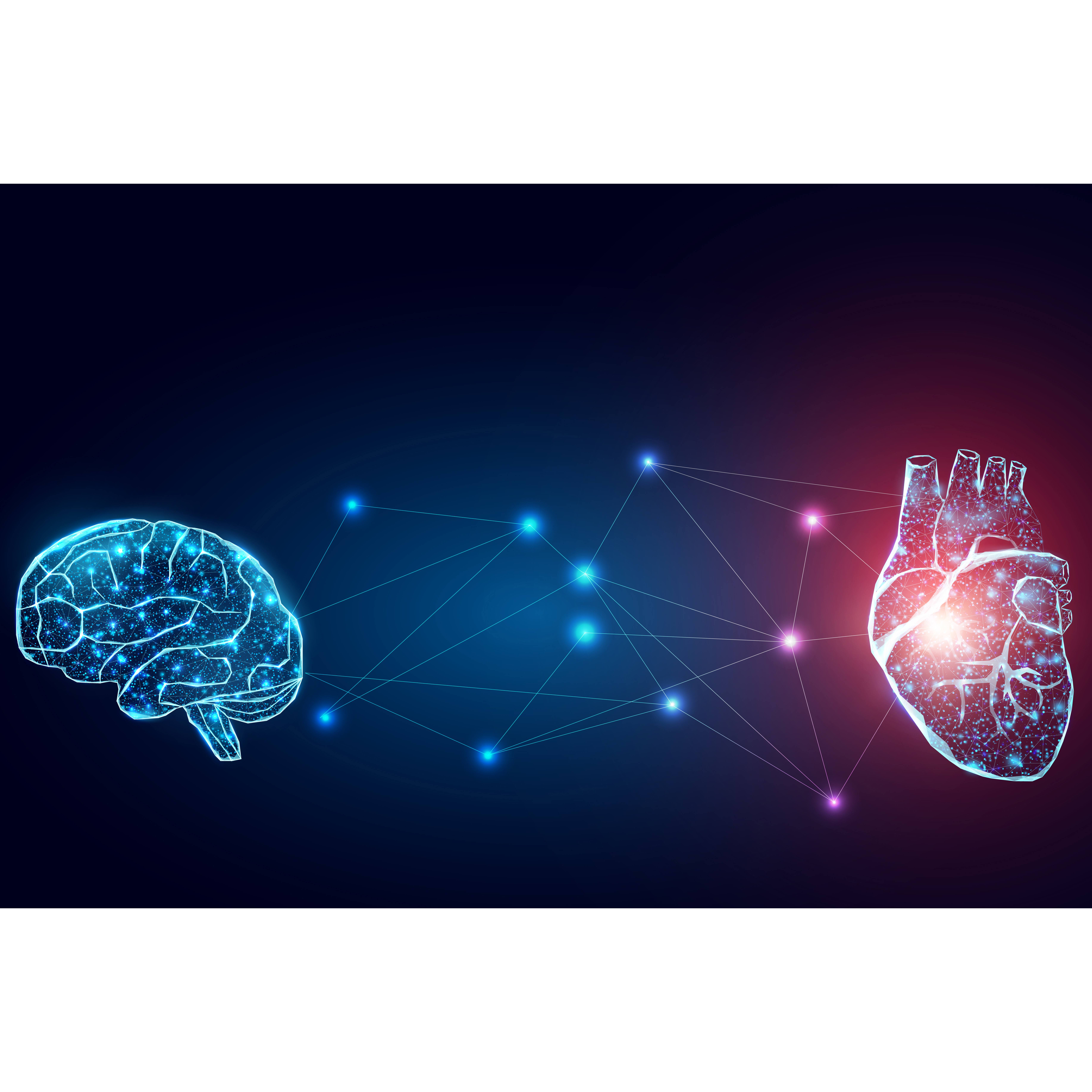-
Mayo Clinic Q and A: Spinal arthritis

DEAR MAYO CLINIC: I am in my late 50s and have started having stiffness in my back. I have become much less flexible and sometimes even have a hard time looking over my shoulder. I remember my grandparents complaining about arthritis in their knees and hands — and the pain they had later in life. Could I be developing arthritis in my spine? Is there anything I can do?
ANSWER: Arthritis is a condition that can develop in the spine. Over time, the cartilage in joints can break down and cause swelling and tenderness. It's common in the joints used daily, such as the hands and knees, but it also can affect other areas of the body.
The spine is comprised of 33 bones stacked one over the other, like LEGO blocks, connected by three different joints. Arthritis can affect various joints in the body that are load-bearing and where movement occurs, including the spine.
The most common types of arthritis are osteoarthritis and rheumatoid arthritis. Osteoarthritis occurs when the cartilage that caps your bones wears away. Degenerative changes can happen over time in joints used daily for motion. Osteoarthritis is the most common type of arthritis.
Rheumatoid arthritis is caused when your body’s immune system mistakenly attacks your joints. You may experience pain and swelling, and your bones and joints slowly erode and deform. You can get this type of arthritis at any age, but it usually is more common in adults 40 or older.
The spine is susceptible to osteoarthritis because of the motion between the vertebrae. It's most common in the lower back, or lumbar spine, because these joints carry most of the body weight. When a person stands upright, the lumber spine experiences additional strain and wears out faster than nonmobile levels, such as the middle of the spine.
The neck also is susceptible to arthritis. This is because of the millions of flexions, extensions and rotary movements made by the joints in the neck. Over time, the disc cartilages and facet joints tend to wear out. This can cause stiffness and a loss in range of motion of your neck.
Managing your risk
There are several factors that can increase your risk of osteoarthritis. Some of these risk factors can be modified, but the others are inherent and not modifiable. The factors that cannot be changed include age, genetics, gender and ethnicity.
For risk factors that can be changed, the saying "an ounce of prevention is better than a pound of cure" applies to spinal arthritis. The modifiable risk factors include obesity, metabolic syndrome, previous injury, occupation, diet and physical activity.
There are things that you can do to lower your risk of arthritis developing and causing painful symptoms, including:
- Remain active.
The more sedentary people are, the more likely they will have issues with arthritis pain. Strenuous physical activity isn't necessary, though. Simple exercises, like walking, help keep you mobile and your joints healthy. - Maintain a healthy weight.
Carrying extra weight is hard on the joints in your back. Aim for a healthy body weight to keep your joints happy. - Don't use tobacco.
People may understand that smoking affects lung health, but it also speeds up cartilage loss in joints and aggravates back pain. Don't start smoking, and if you do smoke, quit.
Treatment
Many people have some degree of degenerative changes in their spines due to arthritis. But not everybody who has arthritis on diagnostic imaging has symptoms. Treatment is considered only if a person is experiencing symptoms that don't go away with exercise or weight loss, and arthritis is present on images, like an X-ray.
To develop an individualized treatment plan, your health care team will match your image results with your reported symptoms. Any surgical procedure carries risk, so the goal is to medically manage arthritis symptoms without surgery in most cases. Conservative medical options for treating symptomatic spinal arthritis include physical therapy, chiropractic manipulation, exercise, massage, medications and weight loss. For most patients, these options lessen back pain and improve mobility.
Additional treatments may be necessary if symptoms aren't improving or the arthritis is causing compression of the nerves, leading to weakness or loss of mobility. Surgical options range from a laminectomy to a spinal fusion.
Next steps
It is essential that you talk with your health care team if your back pain and stiffness worsen, or you develop weakness that radiates down your legs or arms. Those are signs that it is time to have an evaluation with a spine specialist or neurosurgeon. — Dr. Gazanfar Rahmathulla, Neurologic Surgery, Mayo Clinic Health System, Eau Claire, Wisconsin







